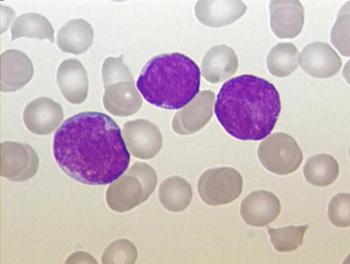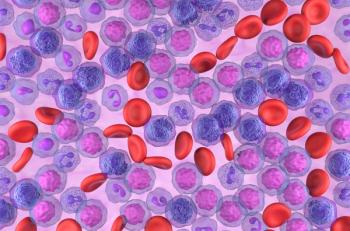
CLL Patients Willing to Trade Some Drug Efficacy for Reduced Side Effects
Although a longer progression-free survival is of high importance to CLL patients, a reduced risk of serious adverse events might be worth a tradeoff for some efficacy.
Although a longer progression-free survival (PFS) is of high importance to patients with chronic lymphocytic leukemia (CLL), patients may be willing to trade some drug efficacy for a reduced risk of serious adverse events, according to a study
“While every patient wants the most effective drug with the fewest side effects, most people don’t have that option available,” said Carol Mansfield, PhD, of RTI Health Solutions in Research Triangle Park, North Carolina. “By asking patients to make tradeoffs and rank their preference, we can form an understanding of how patients approach their treatment.”
Mansfield and colleagues used several discrete-choice experiments to assess patients’ preferences for treatment attributes and the effect of out-of-pocket costs on patients’ choices. The experiments were incorporated into an online survey given to 384 patients with a self-reported physician diagnosis of CLL.
Patient respondents ranked effectiveness of the drug resulting in longer PFS as the most important factor. A reduction in serious adverse events from 30% risk to no risk was also highly valued by patients. On average, a gain in 36 months of PFS was needed for patients to accept a 30% increased risk for serious infection.
Mode of administration was ranked least important. Patients were only willing to trade a few months of efficacy for a more convenient dosing method such as oral administration.
“This research brings home the point that each patient has unique circumstances and choosing the right treatment means weighing the different efficacy profiles and side effects against the patient’s priorities,” Mansfield said in a
The researchers also conducted a supplemental cost sensitivity analysis. They found that out-of-pocket expenses had a great effect on patient choices. A follow-up question gave participants the choice between two medications with different out-of-pocket costs. When choosing between medications with a $400 difference in out-of-pocket cost per month, 75% of respondents chose the lower-cost medicine; when choosing between medications with a $75 difference in out-of-pocket cost per month, 50% of the respondents chose the lower-cost medicine.
“We used the results from the discrete-choice experiment to forecast the probability that a respondent would pick each hypothetical drug without any mention of cost and then compared that to the choices people made when out-of-pocket costs for these medicines were included,” Mansfield said. “Cost is clearly something that has an impact. When patients get prescribed something they can’t afford, they have to make very difficult choices.”
Newsletter
Stay up to date on recent advances in the multidisciplinary approach to cancer.

















































































